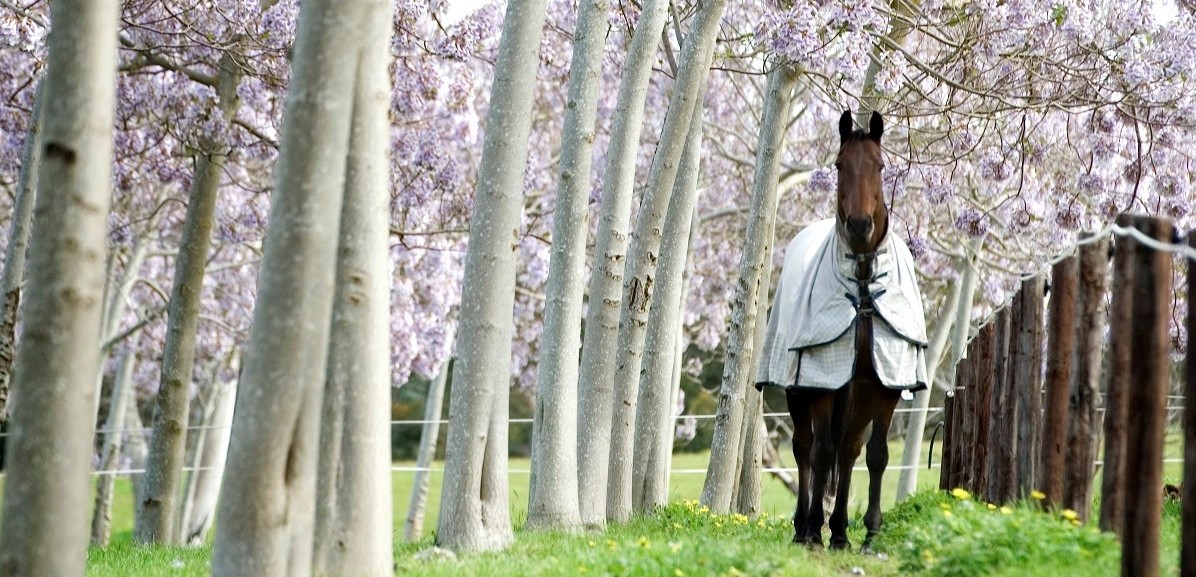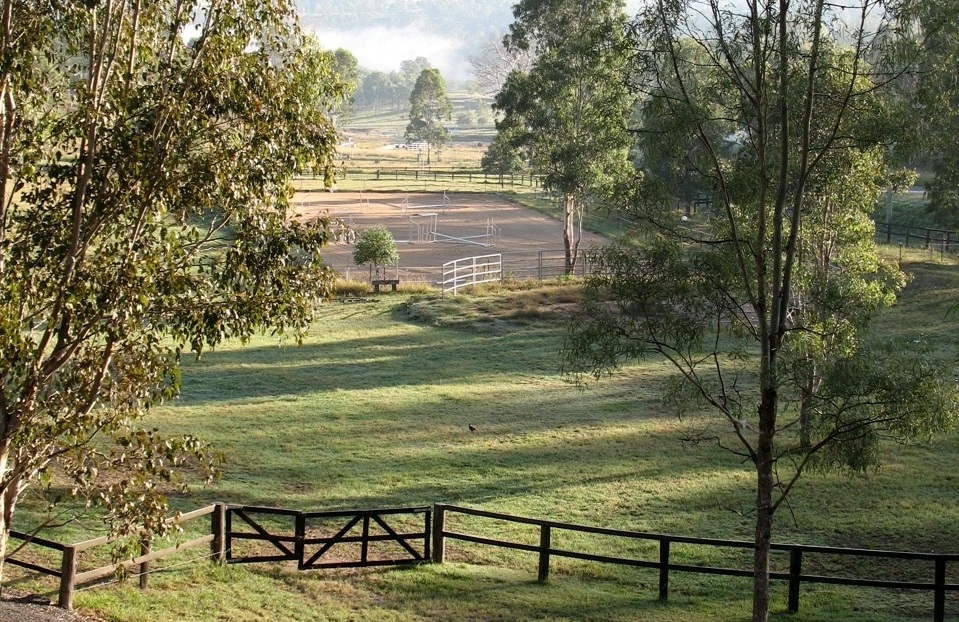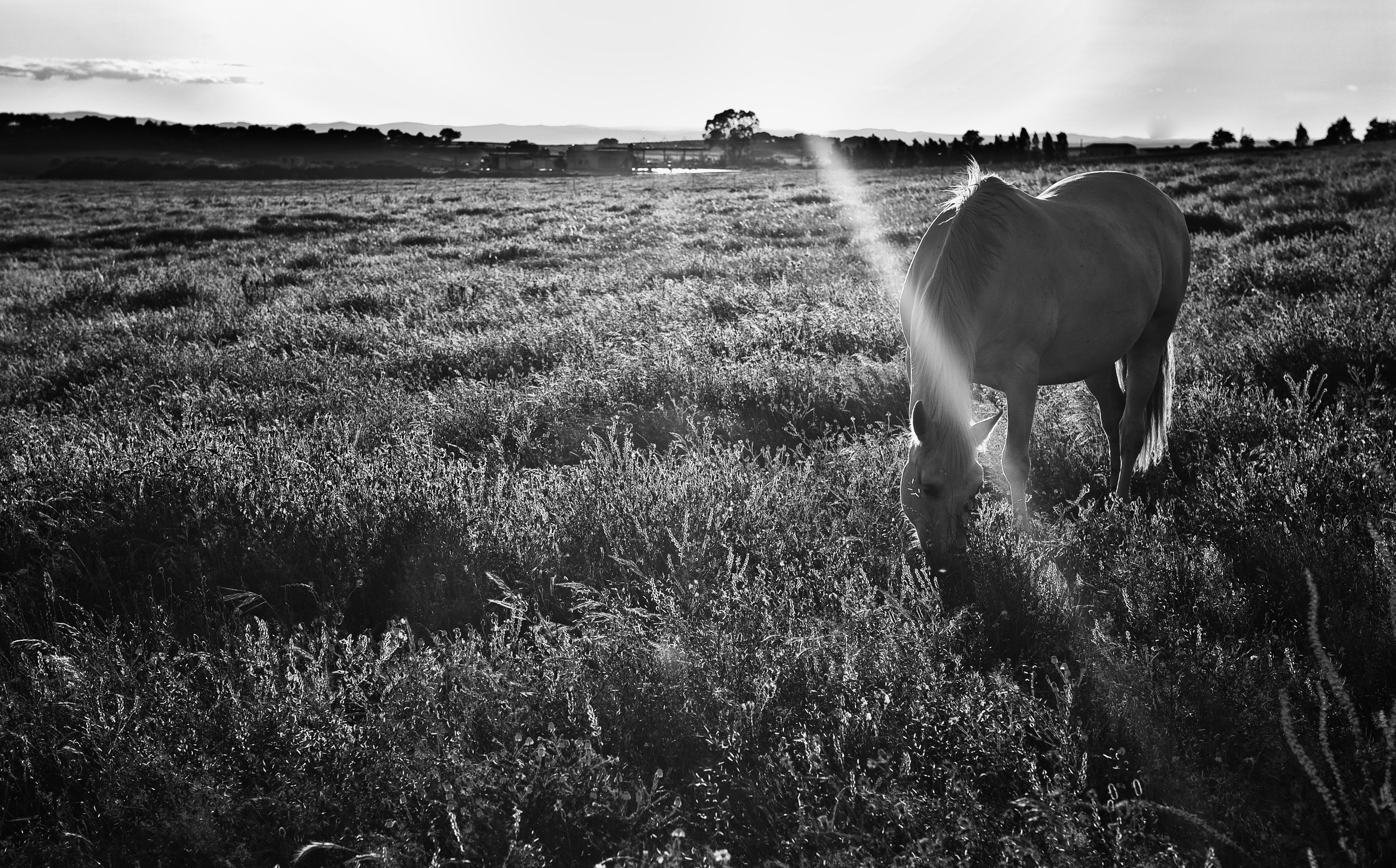Regenerative Horse Property Design
MB Equine Services integrates Permaculture principles, Keyline® Design and Holistic Management® to design the main frame layout of your property using natural systems and nutrient flows, to increase biodiversity and promote sustainable closed system management of your land and reducing the need for inputs from external sources. The primary aim is to safeguard the well-being of your horse, improve soil health and saving you $$ MONEY over the life of your investment.
- Pasture/paddocks & lane way design.
- Water harvesting earthworks to passively drought proof your property.
- Design of access roads.
- Site placement for comfort, productivity and abundance.
- Techniques for soil creation and fertility, carbon capture and storage, increase the productivity of equine systems.
These services are available for properties in Australia as well as overseas. For more information about our services and charges for pasture management and design go to our consultations page.
The word Permaculture comes from PERMAnent agriCULTURE. Permaculture can be defined as the conscious design and maintenance of agriculturally productive ecosystems which have the diversity, stability, and resilience of natural ecosystems. Permaculture is a philosophy and an approach to land use which weaves together microclimate, annual and perennial plants, animals, soils, water management, and human needs into intensely connected and productive communities. The intent is to work with, rather than against, nature; of protracted and thoughtful observation rather than protracted and thoughtless action; of looking at systems in all their functions, rather than asking only one yield of them; and allowing systems to demonstrate their own evolutions.
The main principle of Permaculture is to develop sustainable human settlements, and preserving and extending natural systems. It covers the economic design of human settlements, food production, animal husbandry, design of water infrastructures, earthworks and soil development. All of these Permaculture principles of design can be also be applied to horse properties.
Priority of restoring soils

Permaculture is concerned with the restoration of soil as a priority, as healthy soil produces healthy plants and grasses, which can help produce healthy horses!
Within an ecosystem there are number of fundamental processes that play a role in the recycling of nutrients, these are; the water cycle, the mineral cycle, the community dynamics (the relationship between organisms in an ecosystem) and the energy flow. In a natural system many species of plants and animals will play a role in these processes. However, on horse properties it is the manager’s responsibility to manage the animals and return wastes (via compost or mulch) to the soil and plants. Actively creating soil in pastures becomes the property owner’s role, whereas in nature many other processes and species carry that function. In Permaculture the intent is to actively support these fundamental processes by using systems and species that actively can restore the soil, providing that they are not locally rampant and invasive.
Permaculture for horse properties
Permaculture for equine systems is based on a conscious design which focuses on the sustainability of horse keeping, land regeneration and the well-being of horses. The Permaculture systems for horses can also be developed in such a way that it can provide niches for a variety of other animals including livestock, goats and chickens.
The design for horse property includes contour fencing, mobile electric fencing for cell grazing to minimise damage to pastures, lane-way and central point systems, the planting of various forage tree and shrub species along field boundaries and divisions, the growing of early and late season green crops as cut and carry fodder, the development of composting techniques to make full use of animal manures and create compost tea. Compost tea is a highly biologically active fertiliser mix that helps maintain pasture health. Composting techniques will be discussed in more detail in the next section.
By applying the ethics and principles of Permaculture design and integrating knowledge on biological pasture management, holistic grazing planning, horse behaviour, horse nutrition and horse management you are able to create more sustainable and healthy equine system.
As Albert Einstein once wrote “We can’t solve problems by using the same kind of thinking we used when we created them.” If horse owner continue a business as usual approach, and pass off the soil and the natural design systems as something you resolve by buying a product of the shelf and are ignorant to the affects for not only their horse but themselves and their families health.

Equine Permaculture Design -by MB Equine Services
Permaculture as a design system is a call to action. And only ever produces positive outcomes whether successful or not. The aim is to produce systems that are ecologically sound and economically viable, which provides for its own needs, does not exploit or pollute and are there for sustainable in the long term. Permaculture as a system by which horses can thrive and can exist, by using energy that is naturally in flux and relatively harmless, and by growing food and using natural resources that are abundant in such a way that we don’t continually destroy all life around our farms and in our soils.
Keyline® design and plow concept was originally developed by P.A. Yeomans in the 1950s to address dwindling water supplies and soil erosion on Australian rangeland. He worked out a system of ‘amplified contour ripping’ that maximizes productive use of rainfall and facilitates the uniform irrigation of land.
Keyline is a philosophy and technique that regenerates rural and urban landscapes, supports the protection of wildlife and fish habitat, and with carbon sequestering techniques used, helps to address aspects of global warming and climate change.
Keyline principles and techniques are based on a holistic approach that works with natural patterns to restore and increase the depth and fertility of the soil, while increasing its water holding capabilities.
The term Keyline comes from the reference to a “keypoint” on the watershed, which is the interface between collection and distribution of water on the landscape, where ridge meets the valley. Keyline planning is based on the natural topography of the land. It uses the form and shape of the land to determine the layout and position of farm dams, irrigation areas, roads, fences, farm buildings and tree lines. Keyline lay-outs of farm and grazing lands also incorporate design of the storage of run-off water within the farm. A good design efficiently spreads the often irregular rainfall patterns so common to Australia, and enhances rural production even on the smallest of horse properties. As discussed in previous parts, horse properties in Australia are mostly designed following a European design, without regarding the differences in climate, rainfall, soil and a host of other plant related issues, which are poles apart. With Permaculture Keyline Design, we can still incorporate the overall landscape aesthetics while using natural pattern in our design.
Keyline concepts are the total opposite to the conventional practices of farm design. Conventional horse property design creates artificial and dangerous practice of concentrating runoff water into manufactured disposal drains designed to remove, as rapidly as possible, run-off water off a rural landscape, i.e. a rapid evacuation of rainwater to the nearest creek or lake that ends up in the ocean. In Australia, the driest of the world’s continents, this is just unwise. In addition, this practice can and often does create more disastrous erosion than it was ever intended to prevent. Whenever we explain that to clients we get the same reply, “yes, all well and good but when it does rain the horse paddock becomes a mud pit”. That’s to be expected when the paddocks have been flogged for so long. The compaction of the soil by the horses stops the water from penetrating the ground to the compaction layer and stops grass roots from opening up the soil and de-compacting naturally. Also, the removal of trees from the pasture eliminates the natural cycling and storage of water by the trees.
Holistic Management® is a revolutionary new approach to decision-making and management which was developed by Allan Savory. Holistic Management considers human, their economies, and their environment as inseparable. At the heart of the approach lies a simple testing process that enables people to make decisions that simultaneously consider economic, social and environmental realities, both short and long term.
All actions and decisions are tested to determine whether or not they will help reach the established holistic goal. Testing and management guidelines, planning procedures and a feedback loop assure constant monitoring of the success of decisions.
The Holistic Management Framework also considers the key role that animals play in renewing the land, and recognizes the nature and importance of four basic ecosystem processes: the water cycle, the mineral cycle, energy flow, and community dynamics (the relationship between organisms in an ecosystem). The Framework identifies eight tools for managing these ecosystem processes: human creativity, technology, rest, fire, grazing, animal impact, living organisms, and money and labor. And it incorporates planning three procedures which include holistic financial planning, holistic land planning and holistic grazing planning. The Holistic Management framework can successfully be incorporated in horse management.
Holistic Grazing Planning
In Holistic Management, pastures areas are arranged in number of cells (paddocks). A cell or paddock is any piece of land on which livestock or horses moves are planned as a unit and recorded on a single grazing chart. If livestock is left on any one place too long, or returned to it too soon, they will overgraze plants and compact and pulverise soils. Holistic Management Grazing Planning is done according to an aide-memoire (French for memory aid) because, the task involves more variables and complexity than the average mind can handle. The aide-memoire for Holistic Management Grazing Planning gives a sequence for making small decisions that take into account the effect of one decision building on another. It will generate a plan that takes into account any number of variables and displays them graphically and in great detail.






Follow Us!